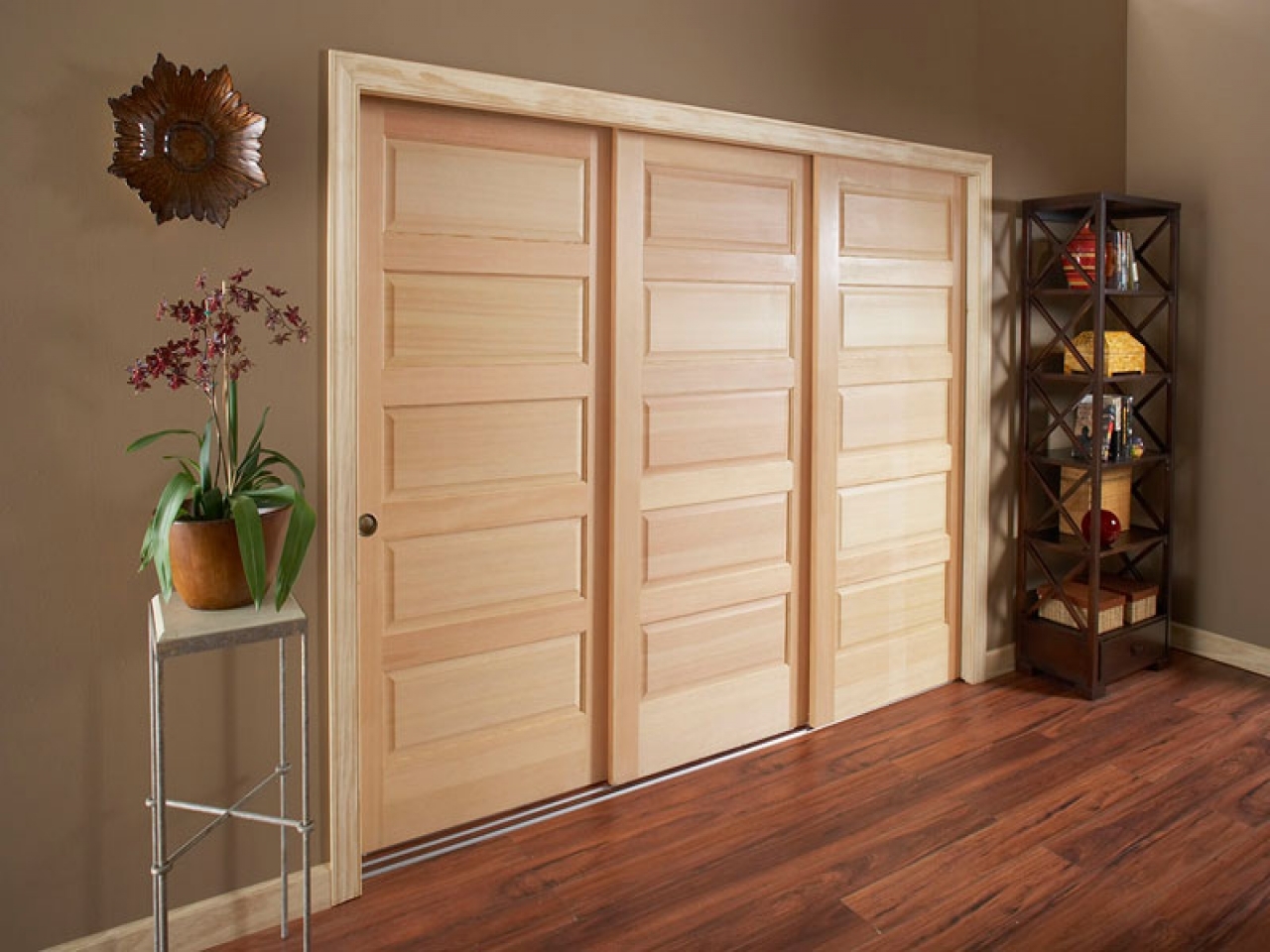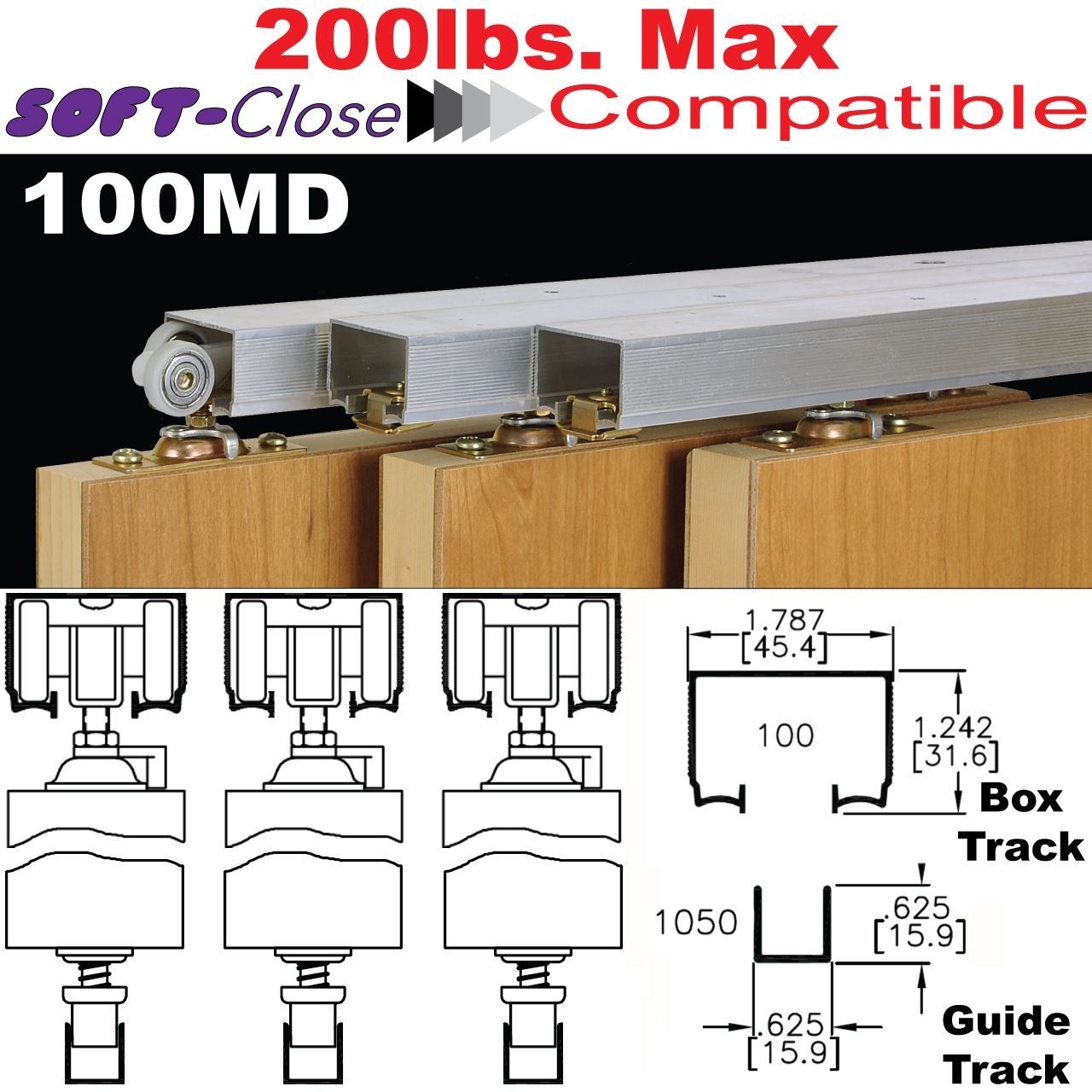Closet door sliding hardware is an essential component for creating functional and stylish storage solutions in your home. From materials to systems, installation to customization, this guide will provide you with the insights you need to make informed decisions about choosing and installing the perfect hardware for your closet doors.
Whether you’re looking to upgrade your existing closet or design a new one from scratch, understanding the different types of sliding door hardware available will empower you to create a space that meets your specific needs and aesthetic preferences.
Sliding Door Hardware Materials
The choice of material for closet door sliding hardware affects its durability, weight capacity, and aesthetic appeal. Here’s an overview of common materials used:
Aluminum
- Lightweight and corrosion-resistant
- Durable and suitable for heavy doors
- Available in various finishes for aesthetic versatility
Steel
- Strong and durable, ideal for heavy doors
- Prone to rust if not properly coated
- Less aesthetically appealing than aluminum or nylon
Nylon
- Lightweight and quiet operation
- Limited weight capacity, not suitable for heavy doors
- Durable and resistant to wear and tear
Types of Sliding Door Systems

Sliding door systems offer versatile and space-saving solutions for various applications. They come in various types, each with unique mechanisms, advantages, and disadvantages.
Top-Hung Systems
- Mechanism:The door panel is suspended from a track mounted on the top of the door opening.
- Advantages:
- Space-efficient as it does not require a bottom track.
- Smooth and quiet operation.
- Disadvantages:
- Limited load capacity compared to bottom-hung systems.
- May require professional installation.
Bottom-Hung Systems
- Mechanism:The door panel is supported by a track mounted on the floor of the door opening.
- Advantages:
- Higher load capacity than top-hung systems.
- Easier to install and maintain.
- Disadvantages:
- Requires a bottom track, which can be a tripping hazard.
- May accumulate debris and dirt over time.
Bypass Systems
- Mechanism:Two or more door panels slide horizontally past each other, with one panel overlapping the other.
- Advantages:
- Wide door openings without the need for large panels.
- Easy to operate and install.
- Disadvantages:
- Less space-efficient than top-hung or bottom-hung systems.
- Can be noisy due to the overlapping panels.
Installation Considerations: Closet Door Sliding Hardware

Installing closet door sliding hardware requires careful planning and execution. This section provides detailed guidance on how to install the hardware, addressing common challenges and offering solutions.
Measuring and Marking
Before installing the hardware, it is essential to measure and mark the door and wall accurately. Determine the desired position of the door and mark the top and bottom of the opening on both the door and the wall. Use a level to ensure that the marks are horizontal.
Mounting the Track
The track is typically mounted on the wall above the door opening. Use a level to ensure that the track is level and secure it with screws. The number of screws required will depend on the weight of the door.
Mounting the Hangers, Closet door sliding hardware
The hangers are attached to the top of the door. Measure and mark the center of the door and align the hangers with the marks. Secure the hangers with screws.
Installing the Door
Lift the door onto the track and insert the hangers into the track. Adjust the door so that it is level and centered in the opening.
Common Challenges and Solutions
Uneven Walls:If the wall is uneven, use shims to level the track. Non-Standard Door Sizes:If the door is not a standard size, you may need to cut the track to fit. Use a hacksaw or a miter saw to make the cuts.
Design Options and Customization
Personalize your closet with a range of design options for sliding hardware. From classic finishes to modern colors and decorative elements, find the perfect match for your style and décor.
Customize your hardware to complement the door’s weight, size, and aesthetic appeal. Choose from sleek and minimalist designs to ornate and decorative styles that elevate your closet’s visual impact.
Finishes and Colors
- Brushed nickel:A timeless finish that complements both modern and traditional décor.
- Oil-rubbed bronze:An antiqued finish that adds a touch of rustic charm.
- Matte black:A sleek and contemporary finish that makes a bold statement.
- White:A versatile finish that blends seamlessly with any color scheme.
- Custom colors:Order hardware in any color to match your specific décor preferences.
Decorative Elements
- Handles:Choose from a variety of handles, including pulls, knobs, and recessed options.
- Embellishments:Add decorative elements such as crystals, beads, or tassels for a touch of glamour.
- Engraving:Personalize your hardware with custom engraving, such as initials or a monogram.
Last Point
By considering the materials, systems, and design options discussed in this guide, you can confidently select and install closet door sliding hardware that enhances the functionality and style of your home. Remember, the right hardware can transform your closet from a cluttered space to an organized and visually appealing sanctuary.
